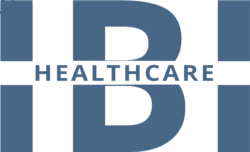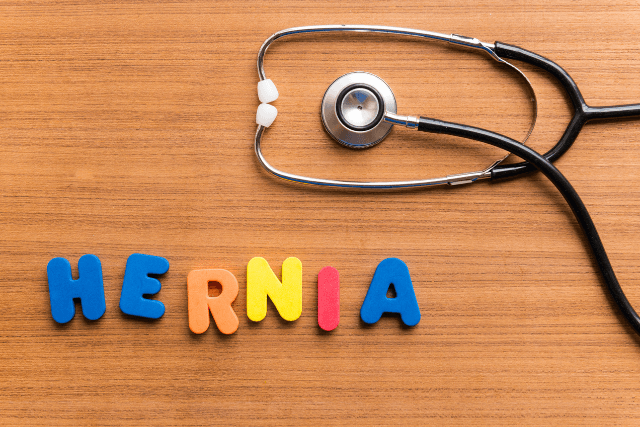What Causes Varicose Veins often starts with a specific malfunction deep within the circulatory system efficiently. These twisted, enlarged veins frequently appear in the legs because blood must flow upward against gravity constantly. Essentially, the primary issue involves weak or damaged one way vein valves inside the blood vessels correctly. This common condition affects approximately 23% of all US adults, causing significant discomfort and potential health concerns continuously. Therefore, understanding What Causes Varicose Veins provides the crucial first step toward effective and necessary treatment options. We explore the complex physiological process and identify the main Vein Health Factors contributing to this widespread issue readily.
The Underlying Mechanism of Venous Insufficiency
The core mechanism explaining What Causes Varicose Veins involves tiny, delicate valves inside the deeper veins correctly. These critical structures open to let blood flow toward the heart, immediately closing to stop any backward flow entirely. When these valves weaken, they completely fail to close properly, allowing blood to leak backwards easily. Consequently, this backflow of blood, called reflux, causes blood to pool and accumulate rapidly. This pooling significantly increases the pressure inside the veins, causing them to stretch, enlarge, and twist visibly. This resulting Vein Valve Damage leads directly to the characteristic bulging appearance of varicose veins quickly.
The chronic pooling of blood due to Vein Valve Damage quickly leads to a condition called Venous Insufficiency. This medical term describes the inability of leg veins to return blood efficiently back toward the heart muscle properly. Furthermore, Venous Insufficiency is a progressive disorder where symptoms like aching and swelling gradually worsen over time constantly. The increased pressure actively stretches the vein walls, compromising their necessary elasticity permanently. Therefore, this circulatory strain confirms What Causes Varicose Veins as a serious structural and medical problem for many patients. Recognizing Venous Insufficiency as the root cause is vital for proper diagnosis and successful treatment planning appropriately.
Key Vein Health Factors: Who is at Risk?
Various specific factors significantly increase a person’s individual susceptibility to developing varicose veins eventually. Experts categorize these influences into genetic, lifestyle, and hormonal Vein Health Factors for clarity.
1. Inherited and Age-Related Risk:
- Family History: If both parents possess varicose veins, children face an alarming 90% chance of developing the condition themselves.
- Gender Risk: Women are about 55% more likely to develop this problem than men due to hormonal influences actively.
- Advanced Age: Vein valves naturally wear down over time, resulting in nearly 50% of people over the age of 50 being affected.
2. Lifestyle and Physical Stressors:
- Prolonged Stasis: Jobs requiring long periods of standing or sitting greatly increase vein pressure and stress noticeably.
- Obesity: Excessive body weight puts immediate and significant added pressure on the critical leg veins constantly.
- Pregnancy: Increased blood volume and uterine pressure place a heavy burden on the veins, especially during later trimesters quickly.
- Hormone Use: Taking oral birth control pills or hormone replacement therapy can weaken the delicate vein walls considerably.
Serious Complications of Vein Valve Damage
Ignoring the early symptoms of Vein Valve Damage can lead directly to several more severe complications later on. Furthermore, seeking timely medical advice remains essential for preventing these problems from progressing quickly.
- Skin Changes: The skin near the ankle may change color, thicken, or feel extremely itchy due to poor blood flow.
- Venous Ulcers: Open, painful sores or wounds can develop on the skin, often around the ankles, which struggle greatly to heal properly.
- Blood Clots: Varicose veins increase the risk of developing blood clots in veins near the surface, known as superficial thrombophlebitis.
- Bleeding: Very rarely, veins close to the skin may burst, causing potentially serious bleeding that requires professional help immediately.
Effective Preventive Steps for Vein Health Factors
Patients can proactively take powerful Preventive Steps to promote better blood flow and protect remaining healthy vein valves efficiently. Simple yet consistent actions greatly reduce the pressure inside the lower extremity veins effectively. Therefore, integrating these simple changes into your daily routine helps maintain better long term vein support successfully. Remember that treating Venous Insufficiency involves a combination of specialized care and crucial self management actively.
Five Key Preventive Steps:
- Elevate Your Legs: Prop your feet up above the heart level for fifteen minutes several times each day to reduce pooling immediately.
- Exercise Daily: Engage in low impact activities like walking or cycling that greatly strengthen the vital calf muscles effectively.
- Manage Weight: Maintaining a healthy body weight significantly decreases the pressure placed on the critical leg veins.
- Use Compression: Wear prescription or over the counter compression stockings to support circulation continuously.
- Move Frequently: Change your position every 30 minutes during long periods of sitting or demanding standing time.
Frequently Asked Questions about Varicose Veins
- Can wearing high heels truly cause varicose veins to form? High heels prevent proper calf muscle action, hindering circulation and potentially worsening existing vein issues noticeably.
- How successful are modern, minimally invasive vein treatments today? Procedures like Endovenous Laser Therapy report very high success rates, ranging typically from 94% to 98% consistently.
- If my mother has varicose veins, what is my approximate risk factor? If only one parent is affected, a daughter faces a 60% risk, while a son faces a 25%. risk of developing the condition.
- Do varicose veins automatically mean I have chronic venous insufficiency? Yes, varicose veins are recognized as the most visible sign of underlying chronic Venous Insufficiency problems correctly.
- What should I look for when choosing a specialist for vein treatment? Look for board certified vascular specialists who exclusively perform minimally invasive vein procedures daily and consistently.
Why Choose IBI Clinic Tampa for Your Vein Health Factors
For expert diagnosis and proven treatment of What Causes Varicose Veins, choose IBI Clinic Tampa confidently. The clinic specializes in offering advanced, minimally invasive procedures for chronic Venous Insufficiency effectively. The vascular specialists at IBI Clinic Tampa possess deep expertise in treating complex Vein Valve Damage with superior and lasting results consistently. The clinic’s core commitment focuses entirely on patient comfort, safety, and achieving superior clinical outcomes successfully.
IBI Clinic Tampa provides comprehensive care, addressing the underlying Vein Health Factors and guiding patients through crucial Preventive Steps continuously. Their modern approach prioritizes minimally invasive options, ensuring patients experience less downtime and a much quicker return to all daily activities easily. Therefore, selecting IBI Clinic Tampa for your vein care means you choose highly experienced specialists dedicated to restoring your long term Vein Health Factors and improving circulation dramatically. Trust IBI Clinic Tampa to provide the personalized, expert care necessary for achieving healthy, pain free legs today.



